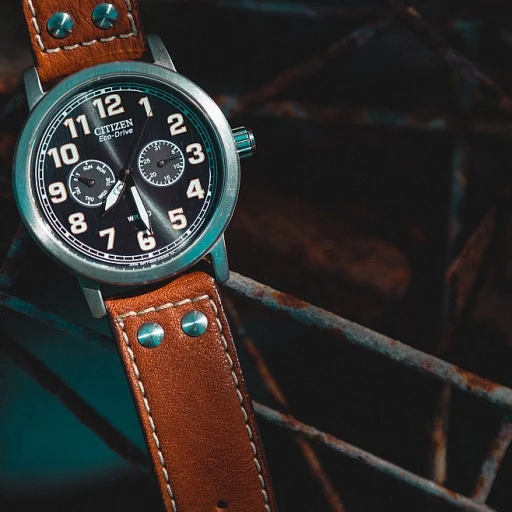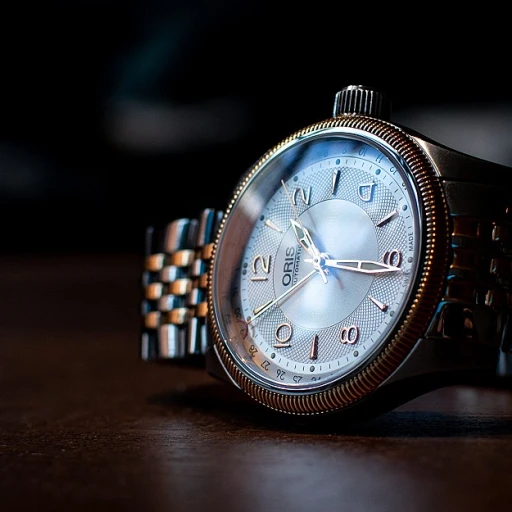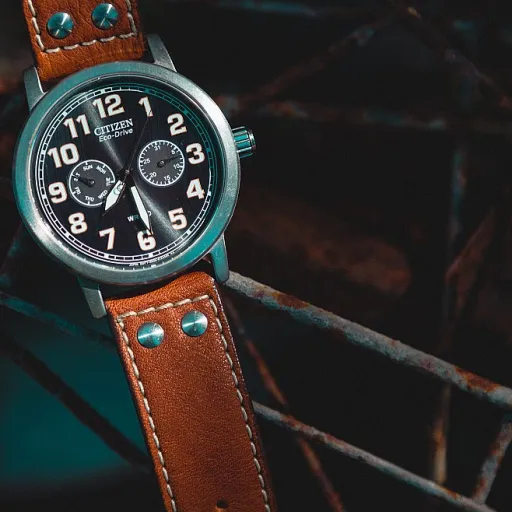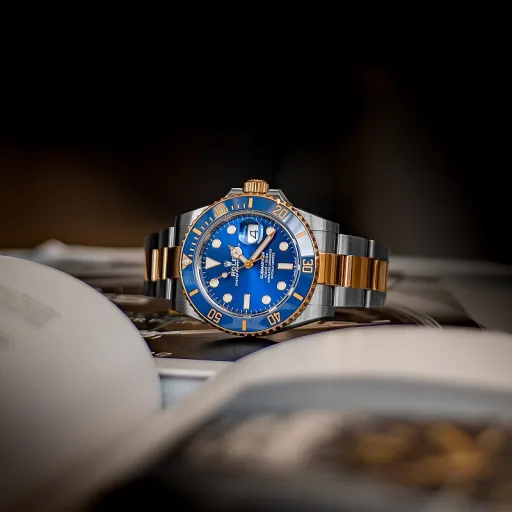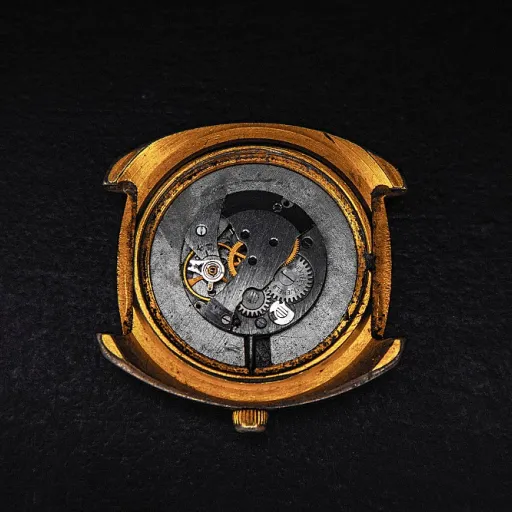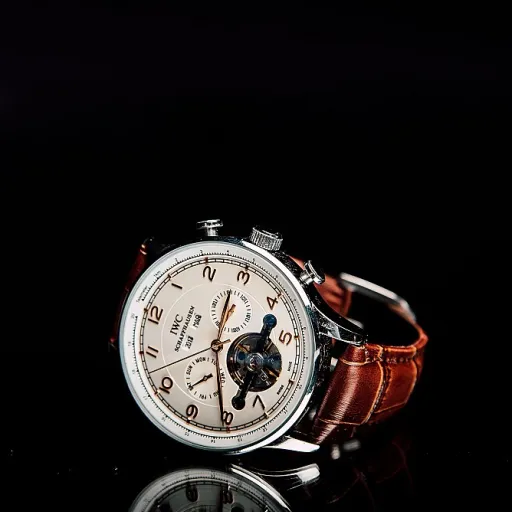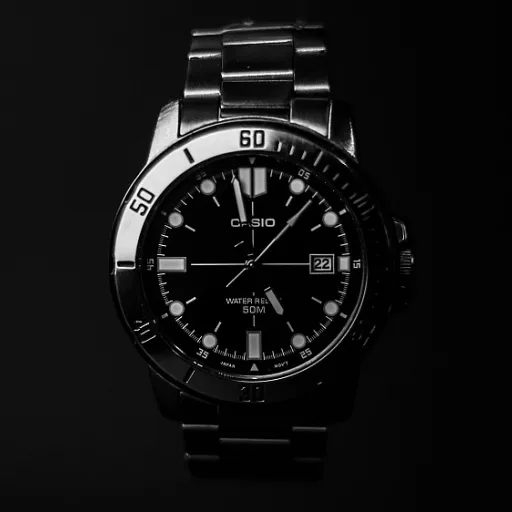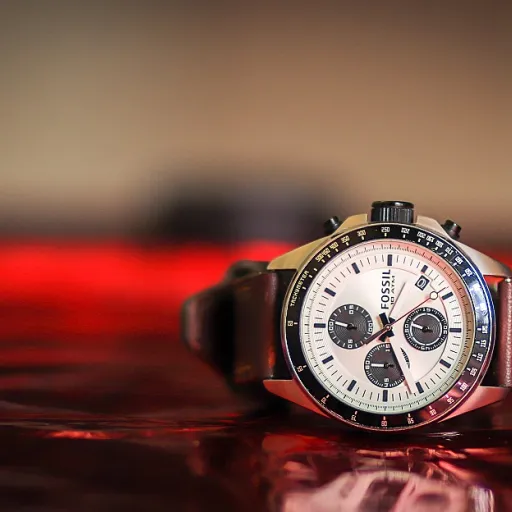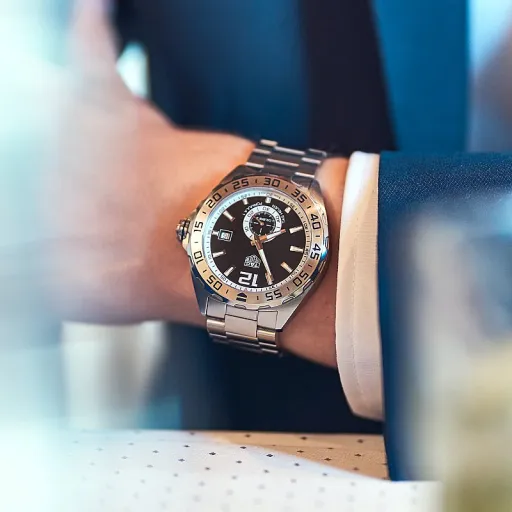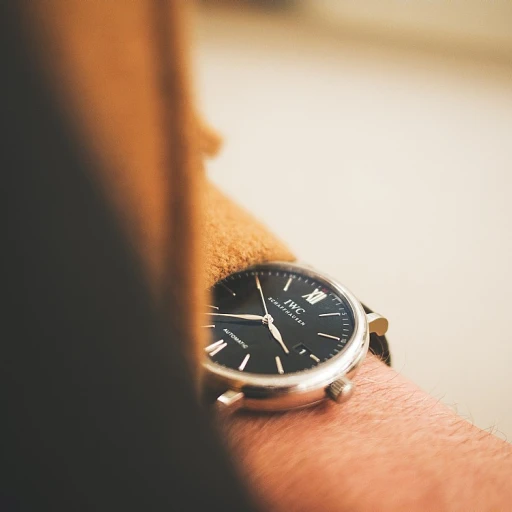
Understanding the mechanics of manual winding
The heart of a mechanical watch: how winding works
Understanding how your luxury watch operates is the first step to mastering manual winding and preventing overwinding. At the core of every mechanical watch is the mainspring, a coiled spring housed in the barrel. When you wind your watch, you’re tightening this mainspring, storing energy that is gradually released to power the movement and maintain accuracy.
Manual watches require regular winding, typically via the crown. As you turn the crown, you transfer energy directly to the mainspring. Automatic watches, on the other hand, use a rotor that winds the mainspring as you move your wrist, but they can also be wound manually for a full power reserve. Regardless of the type, knowing how much to wind is crucial to avoid damage and keep your watch running smoothly.
- Manual winding: Essential for manual watches, and beneficial for automatic watches if they haven’t been worn for a while.
- Power reserve: Indicates how long your watch will run once fully wound. Most luxury mechanical watches offer a power reserve between 40 and 80 hours.
- Feel resistance: As you wind, you’ll notice increasing resistance. This is a key sign that your watch is nearly fully wound and helps prevent overwinding.
It’s important to wind your watch gently and stop when you feel resistance to avoid putting unnecessary strain on the movement. Overwinding can lead to a damaged mainspring or barrel, impacting the accuracy and longevity of your timepiece. If you’re unsure about the correct winding technique or how often to wind, consulting a professional watchmaker is always a wise choice.
For enthusiasts looking to perfect their watch care routine, understanding the mechanics of winding is just the beginning. If you’re also curious about how to ensure the perfect fit for your timepiece, check out this guide to watch strap sizes for more insights.
Recognizing the signs of a fully wound watch
How to Know When Your Watch Is Fully Wound
One of the most important skills for any luxury watch enthusiast is learning to recognize when a mechanical watch is fully wound. Whether you own manual watches or automatic watches, understanding this subtle art helps prevent overwinding and protects the delicate movement inside your timepiece.
When you wind a manual watch, you are tightening the mainspring inside the barrel. This mainspring stores the energy needed for the watch movement to keep accurate time. As you turn the crown, you’ll notice a gradual increase in resistance. This is a key indicator: when the crown feels noticeably harder to turn, your watch is likely fully wound. Continuing to wind past this point can risk damage to the mainspring or other internal components.
- Feel for resistance: As you wind, pay close attention to the feedback from the crown. A sudden increase in resistance signals that the mainspring is at its limit.
- Listen for subtle clicks: Some mechanical watches emit a faint clicking sound as the mainspring reaches full tension. This is another sign to stop winding.
- Know your power reserve: Most luxury mechanical watches have a power reserve between 40 and 80 hours. If you wind your watch daily, it rarely needs more than 20 to 30 turns of the crown.
Automatic watches, on the other hand, wind themselves as you wear them. However, if your automatic watch has stopped, you can manually wind it to jumpstart the movement. The same principle applies: wind slowly and stop when you feel resistance.
Overwinding is a common concern, especially with manual winding watches. If you ignore the signs and force the crown, you risk creating an overwound watch, which can lead to accuracy issues or even permanent damage. To avoid this, always wind your watch gently and never force the crown beyond its natural stopping point.
For collectors who rotate their watches, a display stand for your collection can help keep your watches organized and remind you of your winding routine. This simple habit can help prevent overwinding and ensure your mechanical watches remain in top condition.
Understanding these signs and respecting the mechanics of your watch will help you avoid the pitfalls of overwinding and maintain the longevity and accuracy of your prized timepieces.
Common mistakes that lead to overwinding
Typical pitfalls when winding your luxury watch
Winding a mechanical watch is a ritual that connects you to the heart of your timepiece. However, even seasoned enthusiasts can make mistakes that risk the health of their watch. Understanding these common errors is crucial to prevent overwinding and maintain the accuracy and longevity of your collection.
- Ignoring resistance: When winding a manual watch, you should always pay attention to the feel of the crown. As the mainspring becomes fully wound, you will notice increased resistance. Forcing the crown past this point can damage the barrel or movement, leading to costly repairs.
- Confusing manual and automatic watches: Automatic watches are designed to wind themselves with wrist movement, but some can also be wound manually. Overwinding an automatic watch by turning the crown excessively can stress the mainspring and reduce the power reserve efficiency. Always check your watch’s manual to understand its winding mechanism.
- Winding too quickly: Rapid winding can cause uneven tension in the mainspring, impacting the accuracy and power reserve of your mechanical watch. Slow, steady turns are best to avoid unnecessary strain on the movement.
- Winding at the wrong time: Some mechanical watches are sensitive to winding during certain hours, especially when the date mechanism is engaged. Winding during these periods can cause internal damage. It’s best to wind your watch at the same time each day, ideally when the watch is not in the process of changing the date.
- Assuming watches can be overwound indefinitely: While many modern manual watches have mechanisms to prevent overwinding, not all do. Even with these safeguards, excessive force can still harm the movement or crown.
To avoid these pitfalls, develop a daily routine that respects your watch’s unique mechanics. If you ever feel resistance or notice your watch isn’t holding its power reserve as expected, it may be time to consult a professional watchmaker. For those interested in expanding their collection, exploring captivating deals on golden watches for women can be an exciting next step.
Best practices for daily winding routines
Establishing a Consistent Routine for Optimal Performance
A daily winding routine is essential for keeping your mechanical watch running smoothly and accurately. Whether you own a manual wind or automatic watch, consistency helps maintain the power reserve and prevents unnecessary strain on the movement. For manual watches, it’s best to wind your watch at the same time each day. This habit ensures the mainspring remains at an optimal tension, delivering steady power to the movement. Most enthusiasts recommend winding in the morning, when your watch is likely to be fully unwound after a night’s rest. This approach also helps you avoid the risk of overwinding, as you’ll develop a feel for the crown’s resistance over time. Automatic watches, on the other hand, are designed to wind themselves as you wear them. However, if your automatic watch has been off your wrist for a while, a few gentle turns of the crown can help jumpstart the movement and restore the power reserve. Just remember, automatic movements are engineered to prevent overwinding, but it’s still wise to avoid excessive manual winding.- Wind your manual watch until you feel resistance in the crown—this indicates the mainspring is fully wound.
- Stop winding immediately when you sense resistance to prevent damage to the barrel and movement.
- For automatic watches, wear them regularly or use a watch winder to keep the power reserve topped up.
- Never force the crown if it feels stuck or unusually tight, as this could signal a mechanical issue.
The impact of overwinding on luxury watch longevity
How Overwinding Affects Your Watch’s Lifespan
Overwinding is a concern for anyone who treasures their mechanical watches. When you wind a manual watch, the mainspring stores energy in the barrel, powering the movement and ensuring accuracy. But applying too much force or continuing to wind after the watch is fully wound can have lasting consequences. What happens inside the movement?In most modern mechanical watches, there are built-in mechanisms to prevent overwinding. However, not all timepieces have this safeguard. Excessive winding can put unnecessary strain on the mainspring and the barrel, leading to:
- Increased wear on the mainspring, which may cause it to snap or lose elasticity
- Damage to the barrel arbor or teeth, affecting the smooth transfer of power
- Potential misalignment or breakage of internal components
A watch that has suffered from overwinding may display reduced accuracy, as the movement struggles to maintain consistent power delivery. The power reserve can also be compromised, meaning your watch won’t run as long on a full wind. In severe cases, an overwound watch might stop working entirely, requiring intervention from a professional watchmaker. Automatic vs. manual winding
Automatic watches are generally less prone to overwinding because their mechanisms are designed to slip when fully wound. Manual watches, on the other hand, rely on the wearer to feel resistance at the crown and stop winding at the right moment. This is why it’s crucial to recognize the signs of a fully wound watch and avoid forcing the crown. How to prevent damage
- Wind your watch gently and stop when you feel resistance
- Establish a daily winding routine to avoid letting the mainspring run down completely
- Use a watch winder for automatic watches if you rotate between multiple pieces
- Consult a professional watchmaker if you suspect your watch is overwound or not performing as expected
Professional maintenance and when to seek help
When to Trust a Professional Watchmaker
Even with the best daily winding routines and a careful approach to your mechanical watch, there are moments when professional maintenance is essential. If you notice your watch is not holding its power reserve, the movement feels rough when you wind, or the crown offers unusual resistance, these are clear signs to seek expert help. Attempting to fix a watch that feels overwound or is not running accurately can lead to further damage, especially to the delicate mainspring or barrel.
Why Regular Servicing Matters
Mechanical watches, whether manual or automatic, require periodic servicing to maintain their accuracy and longevity. Over time, lubricants inside the movement degrade, and even the most careful winding cannot prevent natural wear. A professional watchmaker will inspect the winding mechanism, clean the movement, and ensure the mainspring and barrel are in optimal condition. This not only prevents issues like overwinding but also preserves the watch’s power reserve and overall performance.
- Preventing Damage: Regular checks help avoid costly repairs from overwinding or improper winding habits.
- Maintaining Accuracy: A well-serviced watch keeps time more reliably, ensuring your investment remains precise.
- Protecting Value: Professional maintenance supports the long-term value of luxury mechanical watches.
Choosing the Right Service Interval
Most experts recommend servicing manual watches every 3 to 5 years, but this can vary depending on usage and the specific model. Automatic watches may have different requirements, especially if used with a watch winder or worn daily. Always consult your manufacturer’s guidelines and trust a certified professional for any concerns about winding, power reserve, or if your watch feels overwound.
By staying attentive to your watch’s performance and seeking professional maintenance when needed, you can prevent damage, avoid overwinding, and ensure your timepiece remains a reliable companion for years to come.

